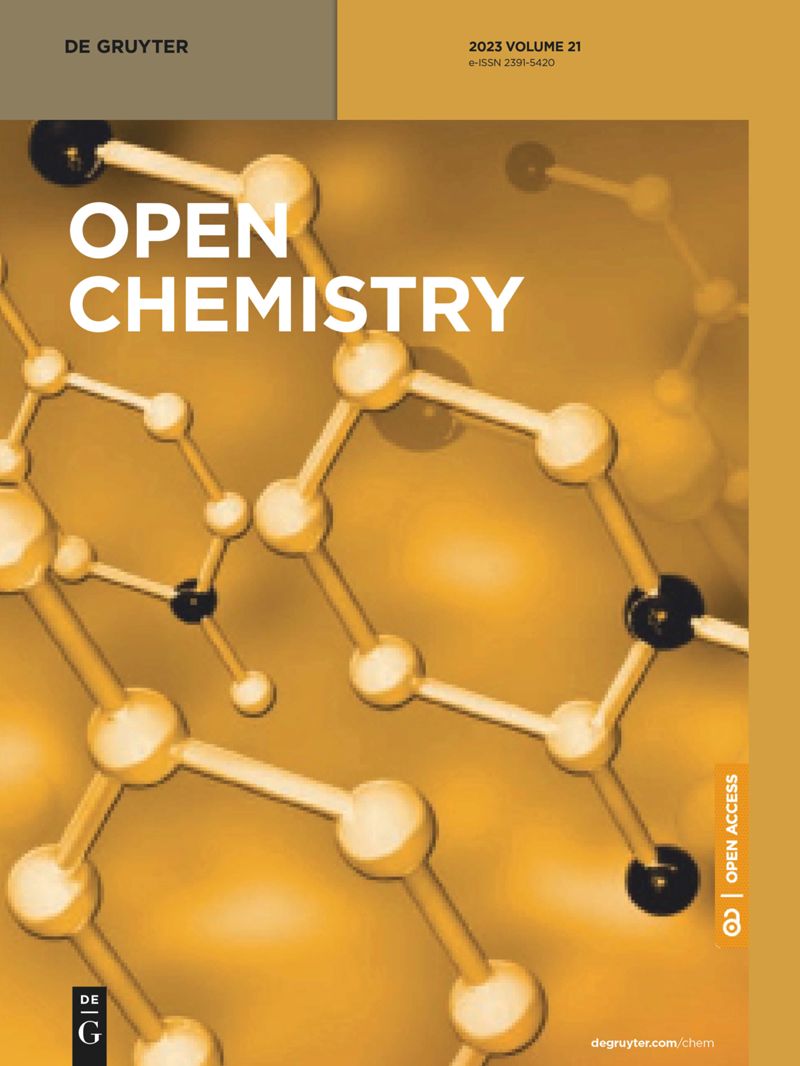Biosurfactants in biocorrosion and corrosion mitigation of metals: An overview
IF 1.9
4区 化学
Q3 CHEMISTRY, MULTIDISCIPLINARY
引用次数: 0
Abstract
Biocorrosion, or microbiologically influenced corrosion, is a phenomenon where microorganisms deteriorate the metals. While corrosion is generally considered undesirable due to its negative impact on the integrity and lifespan of materials, the significance of biocorrosion is a major problem because it can cause material deterioration, financial losses, and environmental issues. Conventional corrosion protection techniques frequently use chemicals, which come with risks to human health and the environment. Biosurfactants are surface tension-reducing agents with a low molecular weight that attract many researchers and industrialists due to their excellent chemical properties and stability at extreme temperatures, pH, and under alkaline conditions. These compounds reduce the surface tension of liquids, leading to improved wetting and spreading on metal surfaces. This can help to create a more uniform and protective layer, preventing the accumulation of corrosive agents. This review explores different types of biosurfactants, which include lipopeptides, glycolipids, phospholipids, etc., and how they work to prevent corrosion. The investigation of biosurfactants in corrosion protection not only addresses environmental concerns but also holds promise for innovation in the development of efficient and long-lasting corrosion mitigation strategies for a variety of metal substrates, given the growing demand for green and sustainable technolo gies.生物表面活性剂在生物腐蚀和减轻金属腐蚀方面的应用:综述
生物腐蚀,或称微生物影响腐蚀,是一种微生物使金属变质的现象。一般认为,腐蚀对材料的完整性和寿命有负面影响,因此是不可取的,而生物腐蚀则是一个重大问题,因为它可能导致材料退化、经济损失和环境问题。传统的防腐蚀技术经常使用化学品,而化学品会对人类健康和环境造成危害。生物表面活性剂是一种分子量较低的表面张力降低剂,由于其优异的化学特性以及在极端温度、pH 值和碱性条件下的稳定性,吸引了许多研究人员和工业家。这些化合物可降低液体的表面张力,从而改善金属表面的润湿和铺展。这有助于形成更均匀的保护层,防止腐蚀性物质的积累。本综述探讨了不同类型的生物表面活性剂,包括脂肽、糖脂、磷脂等,以及它们如何起到防腐蚀的作用。鉴于对绿色和可持续技术的需求日益增长,研究生物表面活性剂在腐蚀防护中的作用不仅能解决环境问题,还能为开发针对各种金属基质的高效、持久的腐蚀缓解策略带来创新希望。
本文章由计算机程序翻译,如有差异,请以英文原文为准。
求助全文
约1分钟内获得全文
求助全文
来源期刊

Open Chemistry
CHEMISTRY, MULTIDISCIPLINARY-
CiteScore
3.80
自引率
4.30%
发文量
90
审稿时长
6 weeks
期刊介绍:
Open Chemistry is a peer-reviewed, open access journal that publishes original research, reviews and short communications in the fields of chemistry in an ongoing way. The central goal is to provide a hub for researchers working across all subjects to present their discoveries, and to be a forum for the discussion of the important issues in the field. The journal is the premier source for cutting edge research in fundamental chemistry and it provides high quality peer review services for its authors across the world. Moreover, it allows for libraries everywhere to avoid subscribing to multiple local publications, and to receive instead all the necessary chemistry research from a single source available to the entire scientific community.
 求助内容:
求助内容: 应助结果提醒方式:
应助结果提醒方式:


